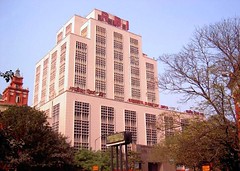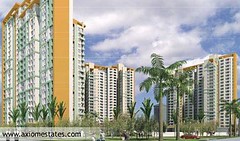The real estate developers on Thursday reacted sharply to the Bhubaneswar Development Authority’s (BDA) move to change the definition of “apartment” and “group housing.”
Talking to reporters here, Confederation of Real Estate Developers Association of India (CREDAI) state president D S Tripathy said the new definitions are vague and will result in the harassment of people while constructing houses.
The draft BDA (planning and building standards) amendment regulations-2012 proposes to amend the definition of apartment as building constructed in one block having more than four dwelling units where land is owned jointly and construction is undertaken by one agency. Under the existing BDA regulations 2008, an apartment is defined as a building having six or more dwelling units.
Tripathy said under the new definition houses of joint families may become apartments. As a result, such families would have to meet the required road width of minimum nine metres, he said. Tripathy said certain apartments can never form societies for which at least seven members are required. Similarly, the new definition of ‘group housing,’ building with more than one dwelling unit, where land is owned jointly and the construction is undertaken jointly by one agency, is vague and don’t convey clarity.
CREDAI, which suggested its comment on the draft regulations, open for public suggestions, is of the view that creation of the new “settlement fund” and earmarking of 10% of all housing projects for economically weaker sections is not going to help the poor. “It seems impractical that BDA will construct EWS houses using shelter fund,” the CREDAI chief said.
The CREDAI, Odisha, suggested that the state government should formulate an affordable housing policy on the lines of Rajasthan, which looks more realistic, gives incentives to builders and subsidy to weaker sections.

